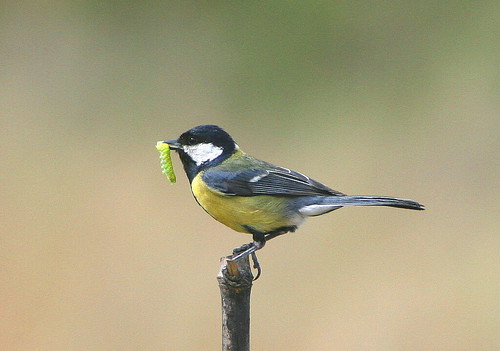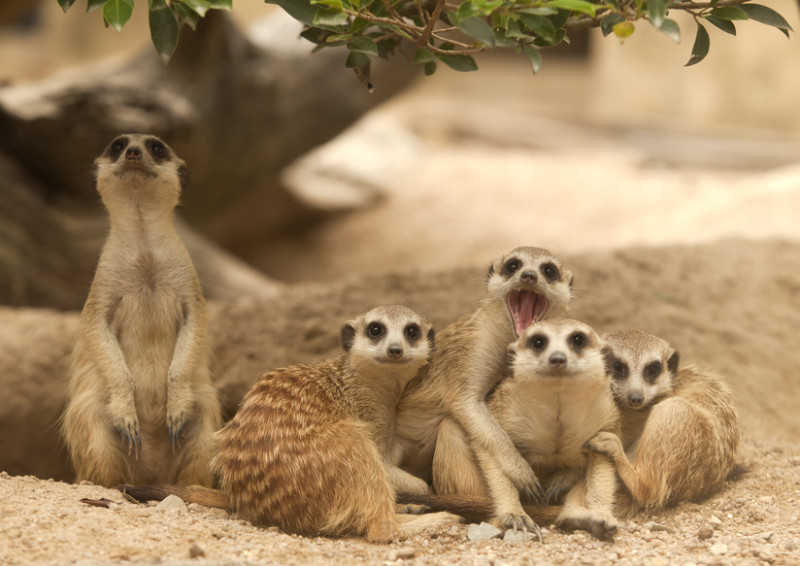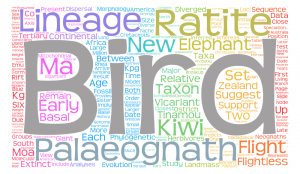The human genome is made up of over three billion base pairs, the building blocks of DNA, but only a small part of that is actually protein coding DNA. Transposable elements (TEs) are a type of non-coding DNA that makes up approximately half of the human genome, and since their discovery in the 1940s, they have carried a bad reputation. Often referred to as junk DNA or parasitic genes, TEs are a type of mobile genetic element capable of moving around or “jumping’ within the genome. There are two main types of TEs: retrotransposons, which copy themselves and then reinsert the copies back into the genome and DNA transposons, which cut themselves out of the genome and move to a different site (Figure 1). When TEs move around, they sometimes land in the middle of a gene or even another TE, which is often detrimental to the function of that gene or TE. The function and potential benefits of TEs have not always been clear, but research has slowly started to unravel their mysteries. A group of scientists at Yale, lead by Gunter Wagner, recently found that TEs may have been responsible for the evolution of pregnancy in mammals.

Continue reading “Jumping Genes and the Evolution of Pregnancy”






